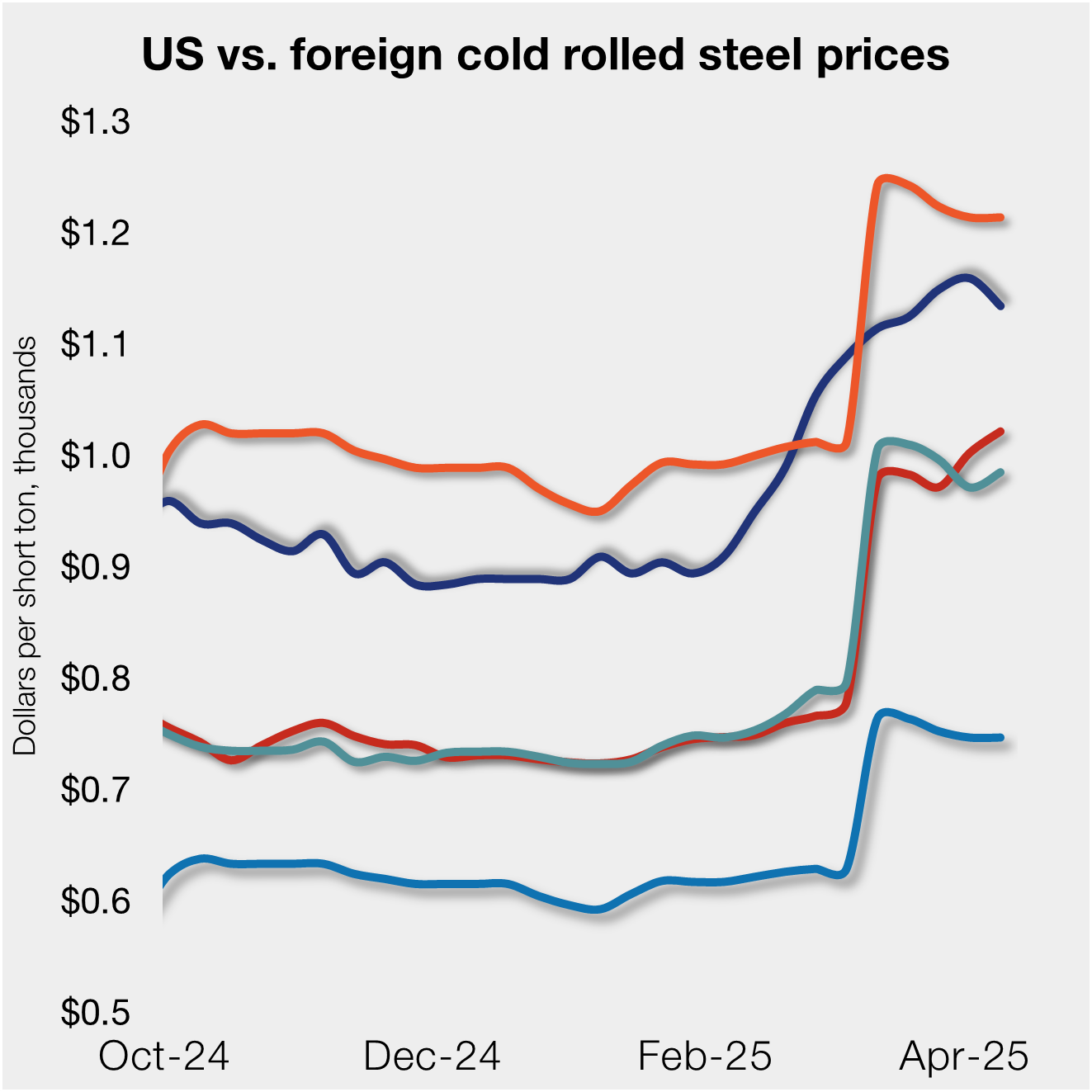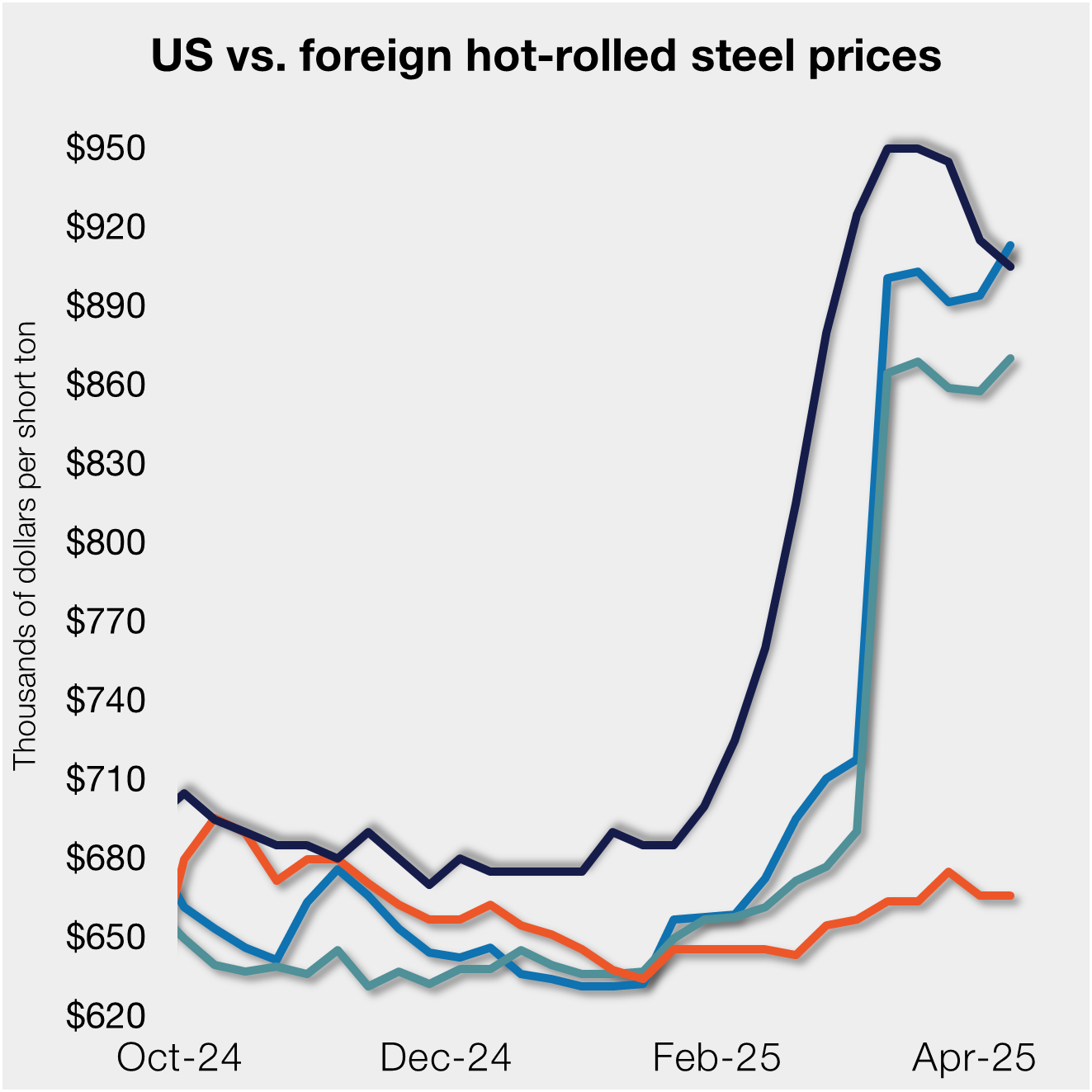Steel Products
AGC Hopes Tax Reform Will Spur Wage Growth and Recruitment
Written by Sandy Williams
December 9, 2017
Construction employment increased to its highest level in November since 2008, said the Associated General Contractors after analyzing new government data. Construction employment totaled 6,955,000 in November, a gain of 24,000 for the month and 184,000 over 12 months. The year-over-year growth rate in industry jobs was nearly twice the 1.4 percent rise in total nonfarm payroll employment, said AGC.
Skilled workers are becoming increasingly harder to find and tight margins are preventing firms from offering more pay as an incentive. The average hourly wage for construction workers in November was $28.16, a 2.9 percent increase from a year ago. The average nonfarm private sector job rose 2.5 percent during the same period. Construction pays nearly 10 percent more than the average nonfarm private sector job in the U.S., said Ken Simonson, the association’s chief economist.
“Employment and pay in construction have risen more rapidly over the past year than in the economy overall as the supply of unemployed experienced workers continues to shrink,” said Simonson. “With unemployment so low overall and in construction, contractors are likely to have increasing trouble filling many types of hourly craft and salaried openings.”
Firms are seeing historically low profit margins for construction projects as they struggle with increased regulatory compliance. If tax reform measures lower tax burdens for all employers, said association officials, firms may be able to increase wages to recruit workers from a tight labor market.
{loadposition reserved_message}
“Given current labor market conditions, it is reasonable to assume that many construction firms will take advantage of tax cuts to boost pay and benefits,” said Stephen E. Sandherr, the association’s chief executive officer. “Increasing wages should attract more young people into the industry, while boosting overall economic activity.”
Residential construction—comprising residential building and specialty trade contractors—added 14,800 jobs in November and 85,900 jobs, or 3.2 percent, over the past 12 months. Nonresidential construction (building, specialty trades, and heavy and civil engineering construction) employment increased by 8,600 jobs in November and 97,700 positions, or 2.4 percent, over 12 months.
The number of unemployed job seekers with recent construction experience fell to 467,000 in November, down from 517,000 in November 2016, while the unemployment rate in construction dropped to 5.0 percent last month from 5.7 percent a year earlier. These declines show how difficult it has become for the industry to find experienced workers, Simonson said.

Sandy Williams
Read more from Sandy WilliamsLatest in Steel Products

SMU flat-rolled market survey results now available
SMU’s latest steel buyers market survey results are now available on our website to all premium members. After logging in at steelmarketupdate.com, visit the pricing and analysis tab and look under the “survey results” section for “latest survey results.” Past survey results are also available under that selection. If you need help accessing the survey results, or if […]

CRU tariff webinar replay now available
CRU’s latest webinar replay on how Trump’s tariffs affect the global steel market is now available on our website to all members. After logging in at steelmarketupdate.com, visit the community tab and look under the “previous webinars” section of the dropdown menu. You’ll find not only this special CRU webinar but also all past Community […]

US, offshore CRC prices diverge
US cold-rolled (CR) coil prices declined this week, slipping for the first time since early February. Most offshore markets deviated, moving higher this week.

Construction growth slowed in March on tariff woes: Dodge
The decline comes after reaching a record high in January to kickstart the year.

Return of S232 zapped gap between US and EU HR prices, Asian HR remains cheaper
Domestic hot-rolled (HR) coil prices declined this week for a third straight week. Most offshore markets bucked the trend and gained ground. Uncertainty in the US market around tariffs, especially after “Liberation Day,” caused US prices to slip as buyers moved to the sidelines. It’s unclear to date whether the 90-day pause on the more […]
